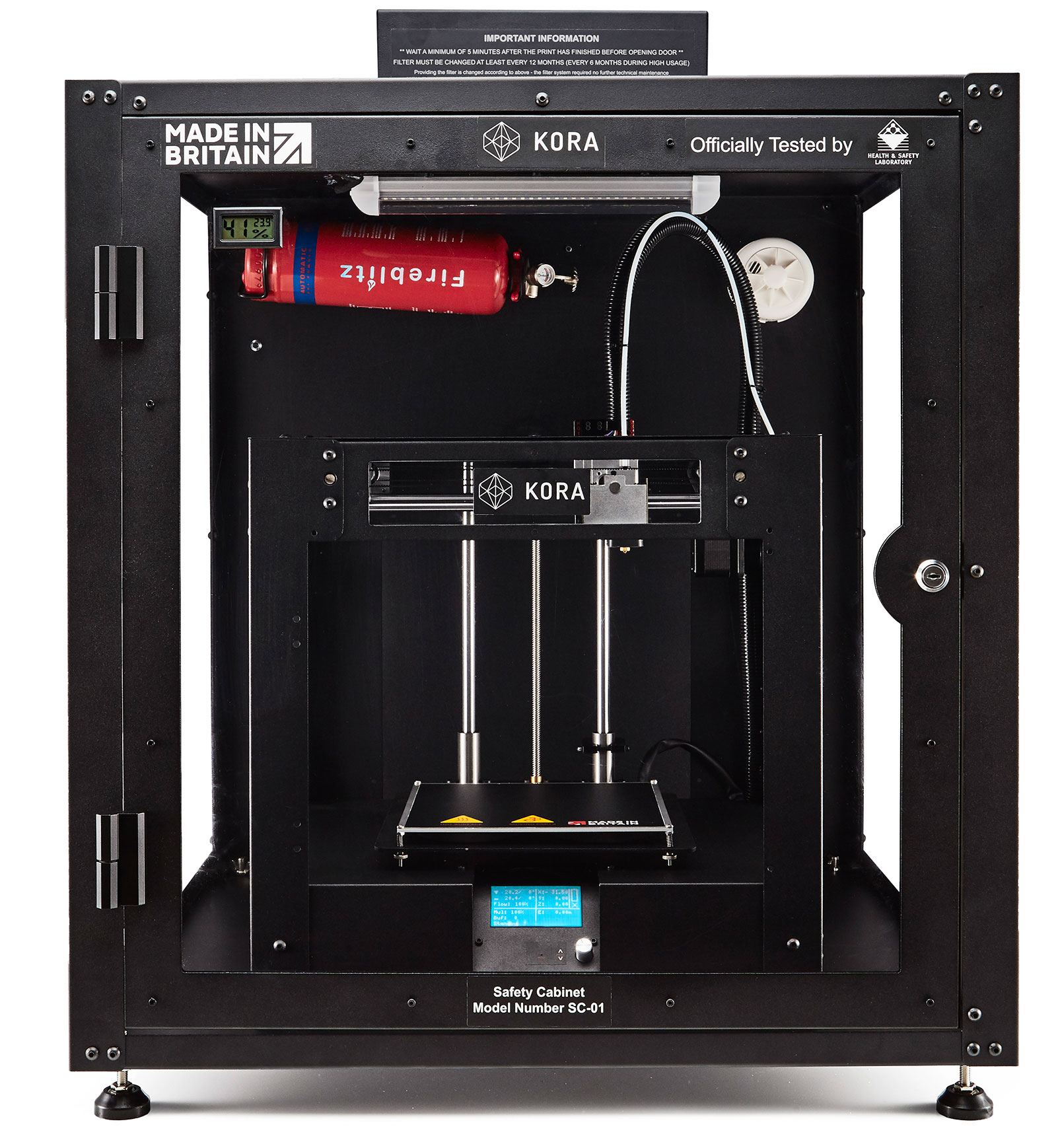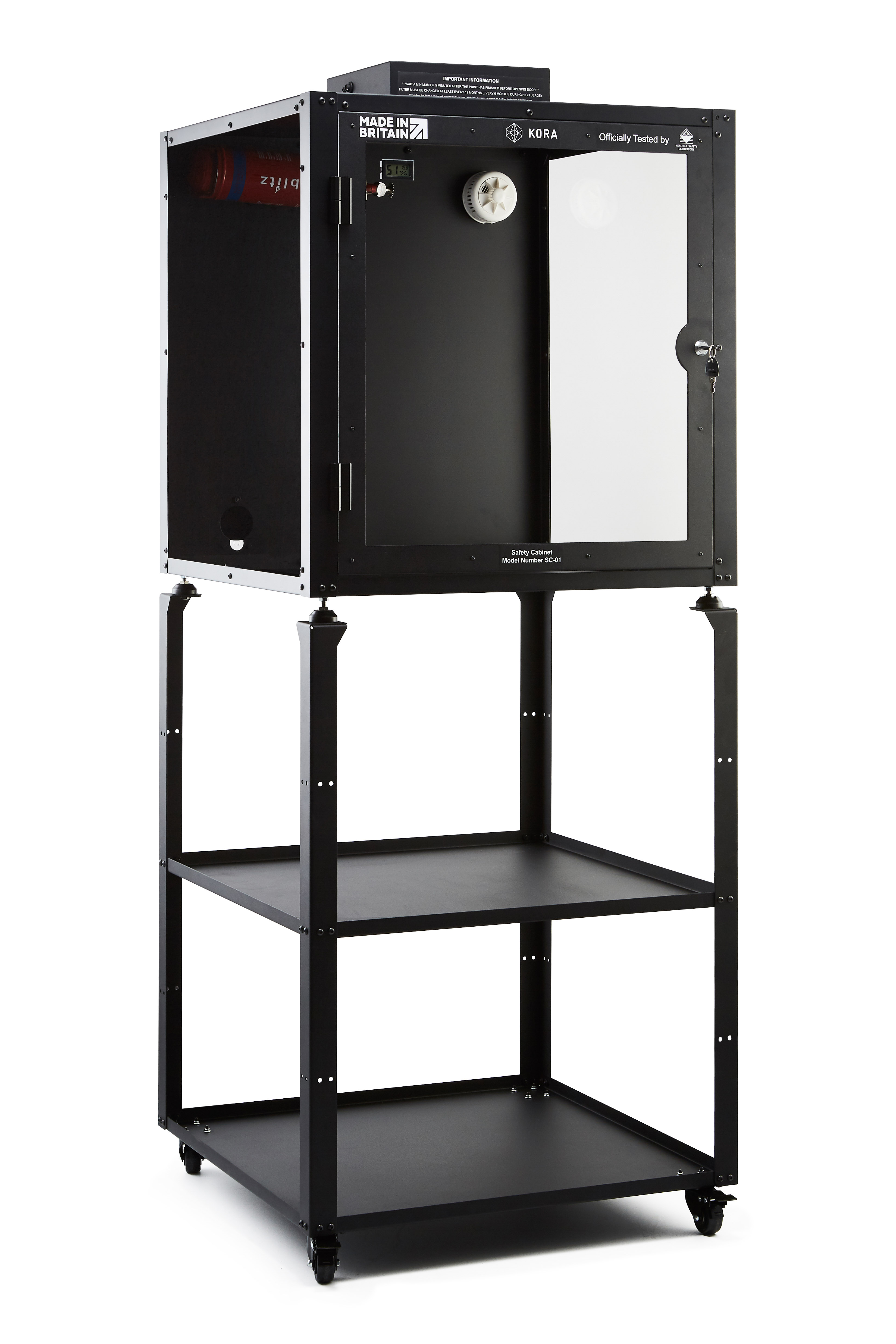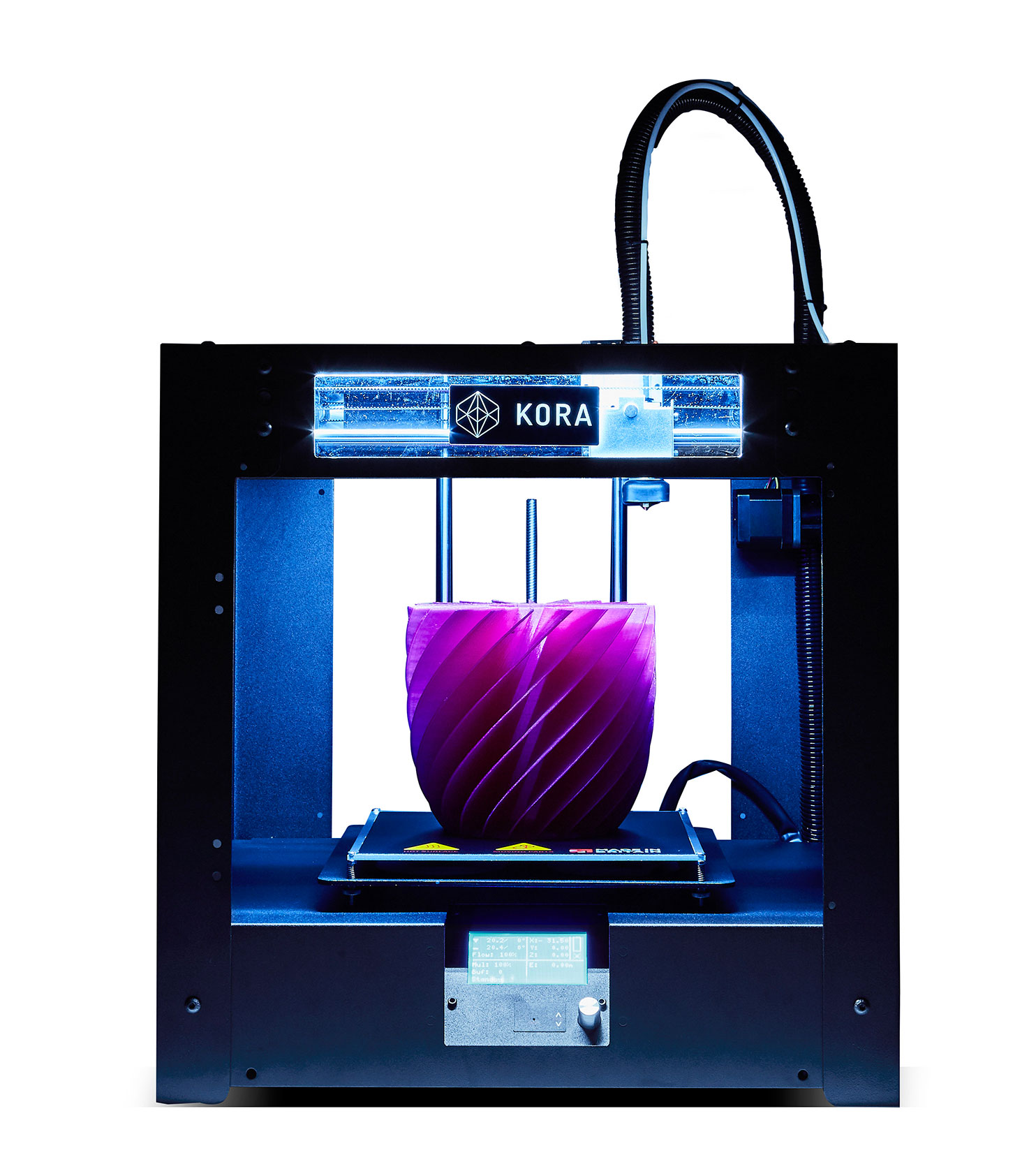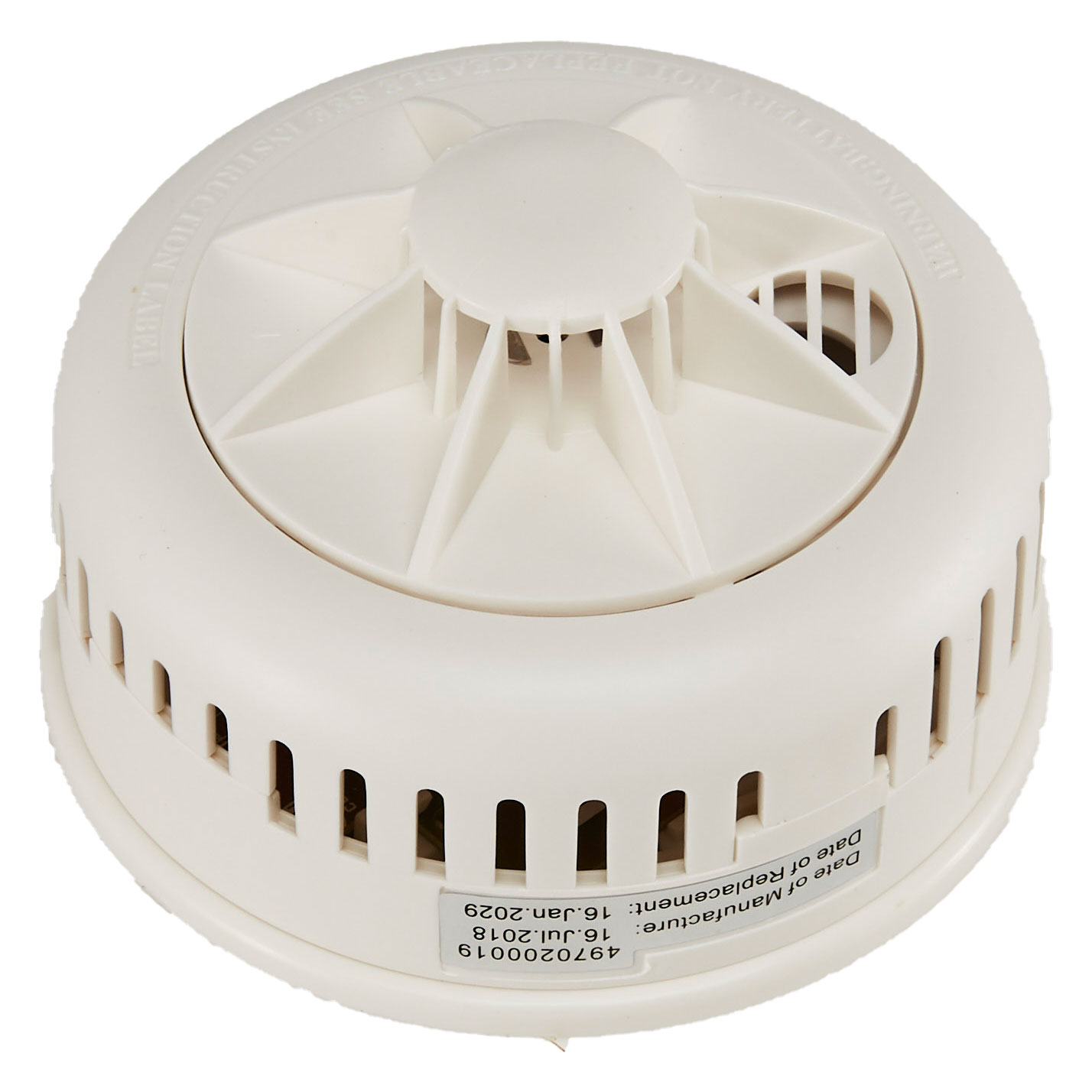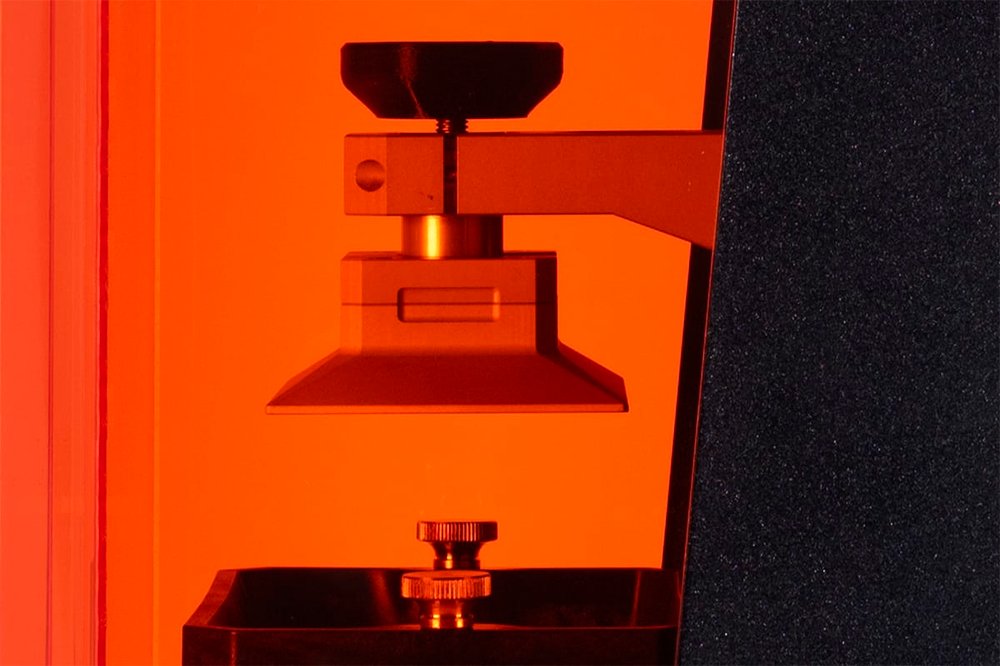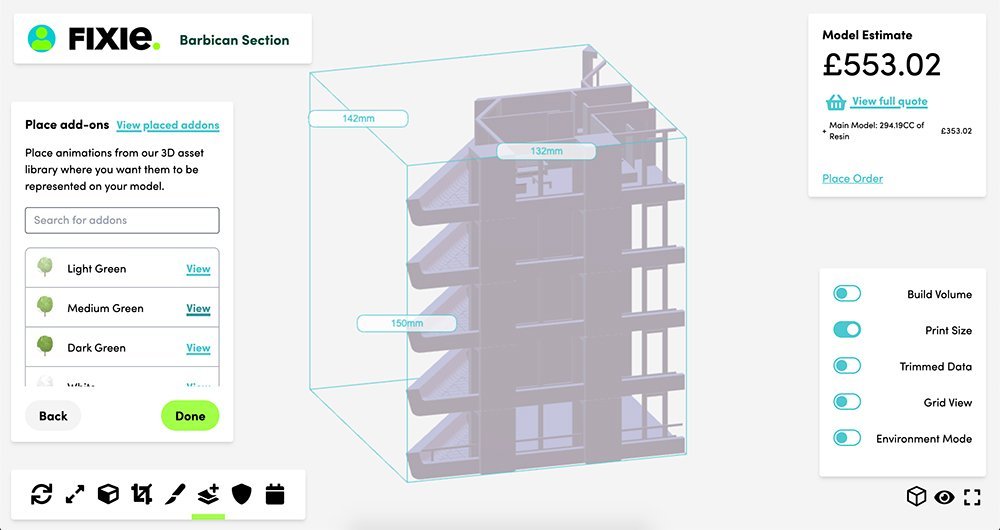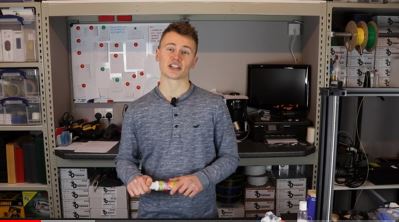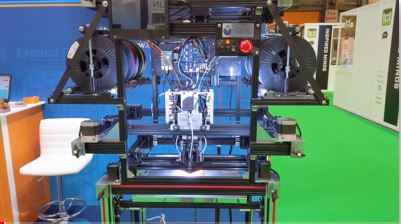3D PRINTERS COULD PRESENT A RISK TO HUMAN HEALTH.
8 Jan 2021
3D printers could present a risk to human health.
With 3D printers gaining in popularity due to rapidly falling prices, a group of risk researchers have found that particles released during the printing process are small enough to infiltrate deep into the lungs and can affect indoor air quality and public health.
The widespread use of 3D printers to manufacture face shields, respirators and other personal protective equipment for Covid-19 has created a new urgency about their safety, the researchers said.
The base materials used in 3D printers include thermoplastics, metals, nanomaterials, polymers and volatile and semi-volatile organic chemicals. The printing process may take several hours and during this time a range of chemical by-products and particulates may be released into indoor environments.
Given these unknowns, scientists have begun to conduct studies to understand these releases and their specific composition, particle size and residence time in the indoor environment.
A study conducted by researcher Yong Qian at the National Institute for Occupational Safety and Health (NIOSH) evaluated the potential toxicity of ABS emissions generated during 3D printing by examining human lung cells and rats exposed via inhalation.
The study revealed that the emitted particles cause moderate toxicity in human lung cells and minimal toxicity in rats.
The US Environmental Protection Agency (EPA) has also conducted studies analysing emissions from a 3D printer filament extruder (a device used to create 3D printer filaments) in a laboratory setting. It used a simulation model to predict the number of particles deposited at specific locations in the respiratory tract when using a 3D printer.
“To date, the general public has little awareness of possible exposures to 3D printer emissions,” said the EPA’s Peter Byrley, lead author of the study. “A potential societal benefit of this research is to increase public awareness of 3D printer emissions and of the possibly higher susceptibility of children.”
The studies found that the filament extruder released amounts of small particles and vapours similar to those found in studies of 3D printers, and the simulation model predicted higher deposition of particle mass per surface area in the pulmonary region for individuals aged nine and younger.
“Further testing of emission profiles with additional simulation studies to predict inhaled dose are needed,” the researchers concluded.

